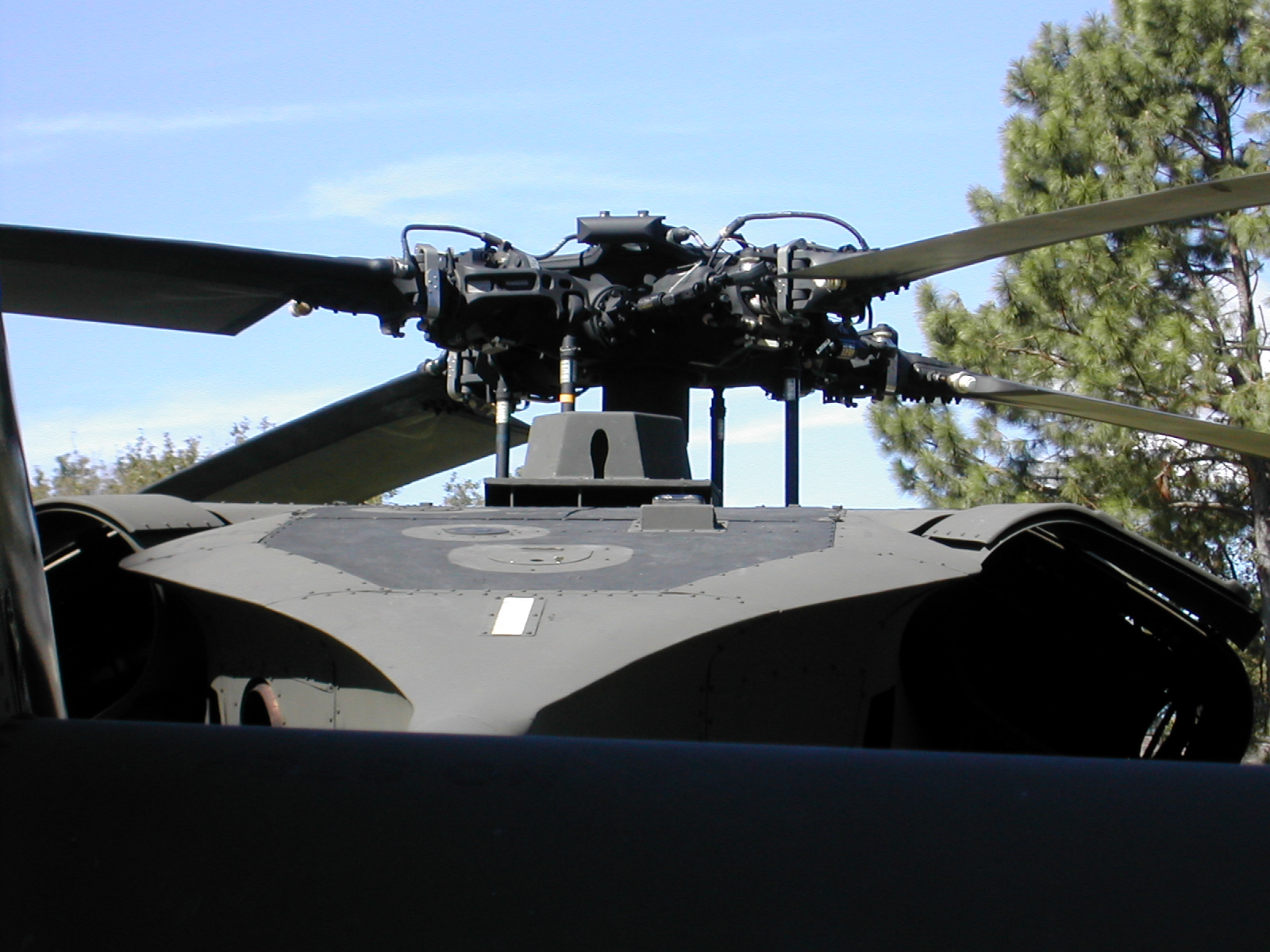Enhance Cutting Efficiency and Extend Blade Life with a Premium Lawn Mower Blade Sharpener
There are numerous designs and sizes of lawn mower blades. Certain blades are designed specifically for certain lawn mowers. They are stamped with a part number which can be referred to in the manual.
For example, a high lift blade produces a strong suction that effectively sends clippings up so that they can be sorted. The blade also provides optimal air flow in dense grass conditions to prevent the clogging.
Size
The length of the mower blade and the hole pattern should be known to correctly choose the appropriate replacement lawnmowers blades. The location of the shear pin holes and their distance from the blade boss, should also be identified. These measurements can narrow down results due to them being in accordance with the shape and design of a particular mower blade to avoid damaging mower components and creating vibrations.
Standard blades (also known as 2-in-1 blades or lift blades) are typically used on lawnmowers equipped with side discharges and lawnmowers that do not have bagging or mulching. The back edge of the blades is slightly upward incline that results in continuous cutting and suction action.

High lift blades are characterized by sharp upturns at the rear of the blade. They’re designed for side discharge mowing. This kind of blade requires more energy from the engine to be effective and may cost a little extra in fuel costs but it’s great for thicker grasses that are difficult to cut with standard blades.
Material
The blades of lawn mowers are usually made from the most durable form of steel. It can also be made from iron or other metals. Steel is a very popular material for mower blades since it offers a combination of durability and strength. It is heated to harden the steel. Tempering increases the durability and toughness, as well as resistance to corrosion.
It is better to employ high carbon steel for mowing than low carbon steel because it is more durable. It is strong enough to stand up to rocks, tree stumps and other objects which can cause damage to the blade.
The best way to keep the mower’s blade is to use it regularly and maintain it at a high-quality sharpness. The blade should also be balanced. It is possible to do this by putting a nail in the board and then using a file on it to move the nail until it is in the center of the blade.
Sharpness
Sharpness of blades depends on various variables, including the dimension of the honest lawn mower blade sharpeners and the frequency with which it is used. Sharpening is required more often on large lawns that have lots of pebbles, trees, rocks and weeds. A dull blade wears out more quickly if you are using it regularly.
A sharp edge for cutting is necessary for a clean and attractive cut. This can be accomplished with a that sharpens drill bits it functions similarly to the bench grinder, but is smaller and more affordable.
The blade must be balanced regularly, particularly after having been sharpened. Sharpening processes remove metal from one side of the blade faster than the other, making the blade unbalanced. Hang the blade through the hole in the bolt on an anchor to verify its balance. If one end tilts higher than the other, then the blade needs to be filed more to get it balanced.
Maintenance
When sharpening a mower blade, use a specialized tool that functions similar to a drill bit, but using a stone that is designed to fit around the edge of the blade leaving little room for mistakes. This tool is faster and more accurate than hand-filing. Check the balance of the blade by placing it over a bolt through the hole. If the blade isn’t properly balanced, you’ll have to file it more.
To stop an engine from starting while working on a blade, switch off the engine and take out the spark plug cable. Block the blade using blocks to hold it in place while you loosen its fastening bolt using a wrench or ratchet. After reinstalling the blade be sure to note which side is marked downward to ensure it gets mounted in the right place. Spray a bit of WD-40 or another lubricant on the bolt that holds it in place prior to tightening it.
